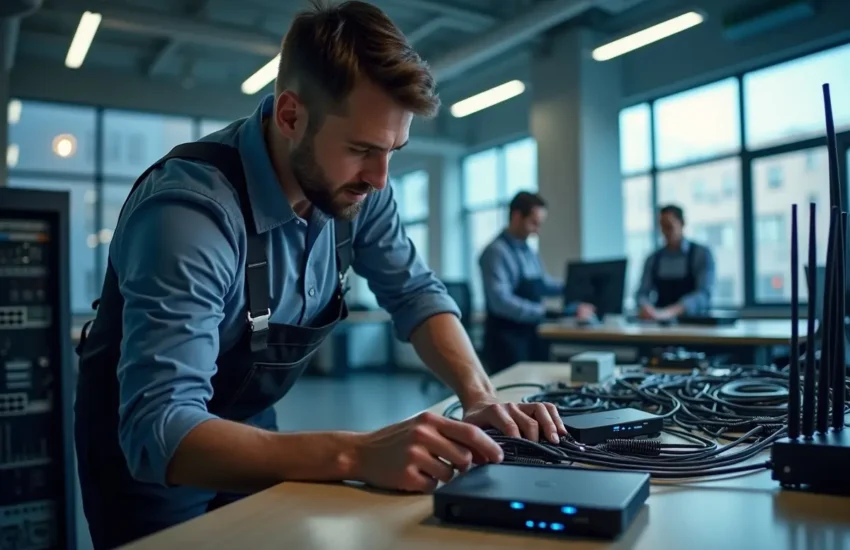Popular Technologies Used in Major Airports
Air travel has undergone significant changes over the years, and technology has helped improve the airport experience for both passengers and staff. Airports are utilizing new technologies to simplify boarding and enhance security. Today, travellers can expect more convenience, safety, and speed as they move through airport processes.
Let’s examine how technology is transforming your airport experience.

Self-Service Check-In
One major advancement in airports is the self-service check-in kiosks. These machines make checking in easy by allowing passengers to skip long lines at counters. With a few taps on a screen, travellers can print their boarding passes and bag tags, speeding up the process.
This change saves time and gives travellers more control over their journey. Self-service kiosks are compatible with many airlines, making them convenient for everyone. If travellers need help, airport staff are nearby to assist them.
Automated Bag Drop
After checking in, automated bag drop systems offer more convenience. Passengers can proceed to the bag drop area after using a kiosk, where machines take their luggage with minimal assistance from staff.
These machines are simple to use. Travellers place their bags on the conveyor belt after scanning their boarding passes. This automation reduces wait times and minimizes crowding, while maintaining high security standards. With automated bag drops, passengers can move quickly through the airport to their gates.
Walk-Through Metal Detectors
Security is important at airports, and walk through metal detectors play a key role. As passengers reach security checks, these detectors offer a quick and non-intrusive way to keep everyone safe. Unlike older methods, these modern detectors make the process faster and easier.
The technology in these detectors has improved significantly. They can spot metal items without needing extra searches, helping keep the line moving. This speeds up the security experience and reassures travellers that safety measures are in place. It’s good to know that these advancements help keep passengers safe during their airport journey.
Biometric Screening
Biometric screening is another important technology at many airports. This system utilizes features such as fingerprints or facial recognition to verify a passenger’s identity. With this technology, checking in and boarding can happen much faster.
Biometric screening cuts down the need for physical documents, streamlining the passenger experience. Travellers can use special lanes for quicker processing while still maintaining security. This technology represents a shift towards a smoother travel experience that values both convenience and safety.
Smart Security Lanes
Security checkpoints are becoming less confusing and frustrating for travellers. Smart security lanes are transforming how people navigate this stressful part of air travel. These lanes utilize advanced technology, including automated bins and real-time monitoring systems, to facilitate easier and more organized security screening.
These smart lanes track bin movement and notify passengers when it’s their turn, helping to reduce waiting times and keep the line moving smoothly. With these improvements, passengers feel less rushed and more comfortable as they go through security, a part of the process that can feel high-pressure for many.
Mobile Apps and Real-Time Information
Mobile apps have become essential for travellers today. Airports are using apps that give real-time updates on flight statuses, gate changes, and terminal maps. This useful technology improves the travel experience by keeping passengers informed.
With these apps, travellers can better plan their time in the airport, whether they want to eat or shop. Many airports also offer features to help users navigate the terminal quickly. The focus on mobile connectivity highlights the increasing demand for convenience in our increasingly connected world.
Contactless Payments
As society moves away from cash, contactless payment options are becoming very important in airports. Many shops and services now accept tap-and-pay transactions. This allows passengers to make purchases quickly and easily without the need for cash or long wait times.
Contactless payments not only save time but also reduce physical contact, which is essential for health safety. Passengers can buy food, shop for souvenirs, or pay for services with just a tap of their card or smartphone.
Overall, these technologies work together to create an airport experience that is efficient, safe, and user-friendly. As travel technology continues to improve, we can expect airports to lead the way, making air travel easier and more enjoyable for everyone.


